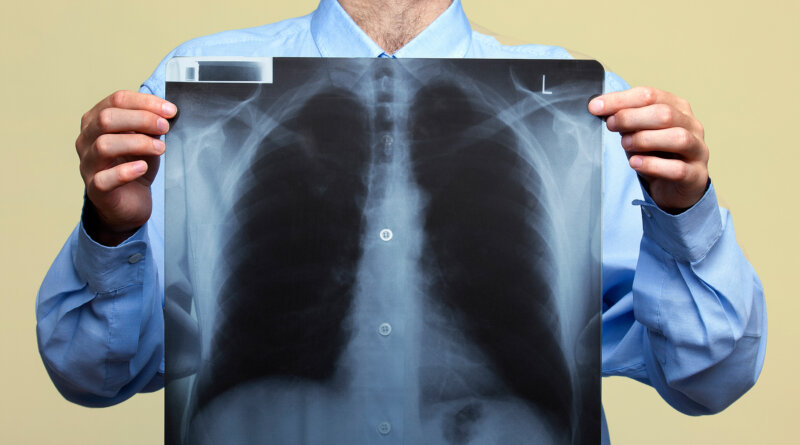New Guidelines May Double Lung Cancer Screening
A large U.S. trial found that about one-quarter of first-time CT screenings yielded a false-positive. But, Barry said, the chance of that leading to an invasive procedure (like a needle biopsy) was “much smaller.”
For every 1,000 people screened in the trial, false-positives led to invasive procedures in 17, the USPSTF says.
The panel also found a very small risk of radiation-induced cancer — in the range of roughly 0.3 to 0.8 cancers for every 1,000 people screened annually for 10 years.
Of course, recommendations only matter if they are put into effect. And even though lung cancer screening has been recommended for some people since 2013, “uptake has been low,” Barry said.
Last year, an ALA report found that in 2018, only 4% of eligible Americans were screened for lung cancer.
It cited several potential reasons — including the newness of using CT scans for that purpose, and a lack of awareness not only among patients, but among doctors, too.
Expanding awareness is critical, Barry said. The new recommendations are expected to have a particular effect on the number of women and Black Americans who are newly eligible for screening. Compared with white men, they tend to smoke fewer cigarettes.
Then there is the cost. The USPSTF is a government-funded panel of volunteer medical experts, tasked with reviewing evidence and making recommendations on preventive health care, such as cancer screenings.
Medicare and most private health plans are required to cover USPSTF-recommended screenings. But Medicaid — the government insurance program for low-income Americans — does not necessarily cover it. Each state has different policies, according to the ALA.
Ultimately, Barry said, the best way to lower the risk of dying from lung cancer is to never smoke, or to quit. Smoking raises the risk of lung cancer 20-fold, he pointed out.
“But another good way to reduce the risk is through screening,” he added.
Barry urged current and former smokers to ask their doctors whether they should be screened.
The USPSTF recommendations are in the “draft” stage and will be available for public comment until Aug. 3 at uspreventiveservicestaskforce.org.




